Stretched thinly along the crest of the Blue Ridge Mountains in the heart of Virginia, Shenandoah National Park protects an area of historic pioneer country that’s given back to Mother Nature.
While once home to Appalachian farming communities, now these rolling ridges and forested valleys are the territory of large wildlife populations again.
Time, wind and water have chiseled these beautiful, lush and seemingly never-ending mountains—among the oldest in the world—for ages, creating a landscape of rocky summits, wooded hollows, thundering waterfalls and bubbling streams.
This verdant environment is one of sheer abundance, beautiful wildflowers in spring to glorious foliage in fall. Both the flora and fauna of Shenandoah National Park thrive in large numbers, too.
In this post, I’ll talk about the main groups of Shenandoah National Park wildlife. Specifically, I’ll discuss the most common reptiles, amphibians, fish, birds and mammals of Virginia’s only national park.
As is usually the case in America’s national parks, it’s those latter two—the birds and mammals—that are of most interest to visitors. They’re the Shenandoah National Park animals that are most often spotted and/or heard. Therefore, I’ll focus mainly on those two groups below.
This blog post about Shenandoah National Park wildlife watching contains affiliate links. You can read more about our Terms of Use / Disclosure here.
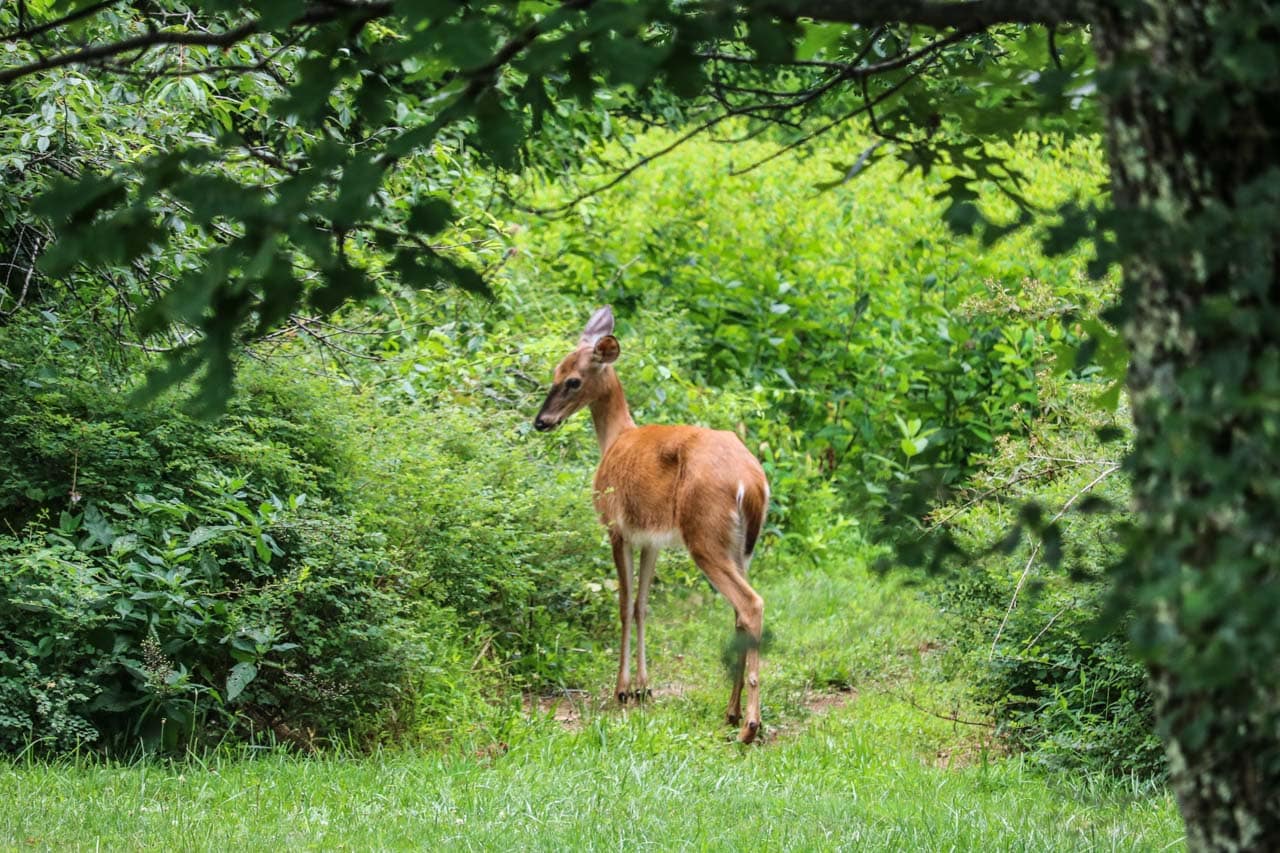
Contents
More About Shenandoah National Park
- Park Website
- Travel Guide
- Topographic Map
- Best Shenandoah Hikes
- Top Things To Do in Shenandoah National Park
- Viewpoints
- Accommodation
Shenandoah National Park Wildlife Overview
Various animals in Shenandoah National Park find refuge in the park’s expansive wilderness areas. Even though this Virginia park lies in one of the most-populated regions in the U.S., only about an hour by car from Washington, D.C., you can find abundant wildlife here.
This includes large predators, colorful birds and rare amphibians. There’s one particular animal that steals the spotlight, though: the American black bear.
Black bears in Shenandoah National Park can be surprisingly easy to spot, whether it’s from your car on Skyline Drive, on one of the park’s numerous hiking trails or from the edge of Big Meadows. So, let’s start there!
Mammals in Shenandoah National Park
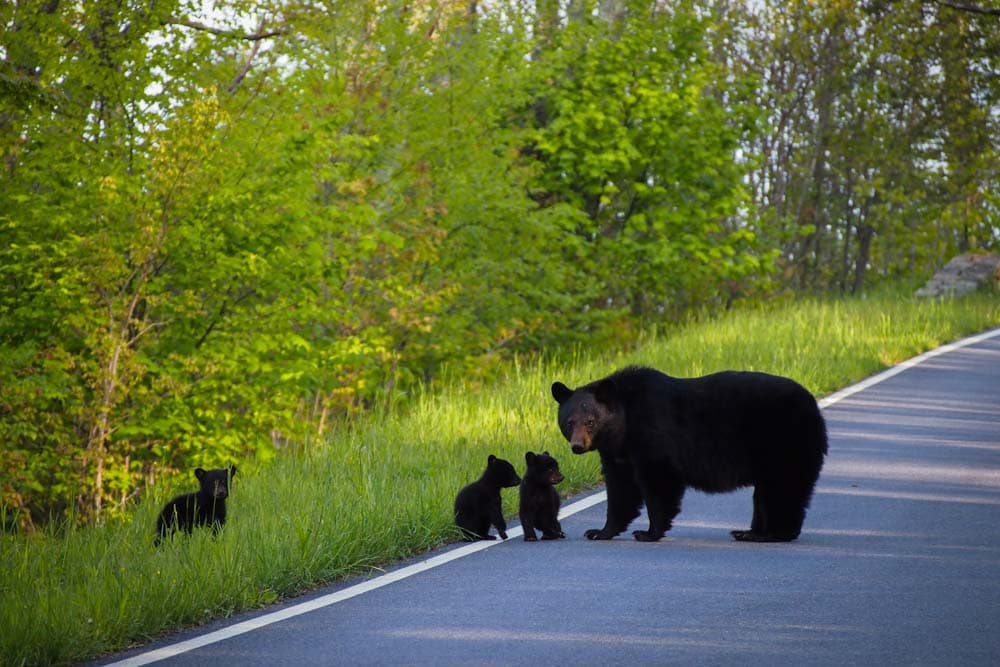
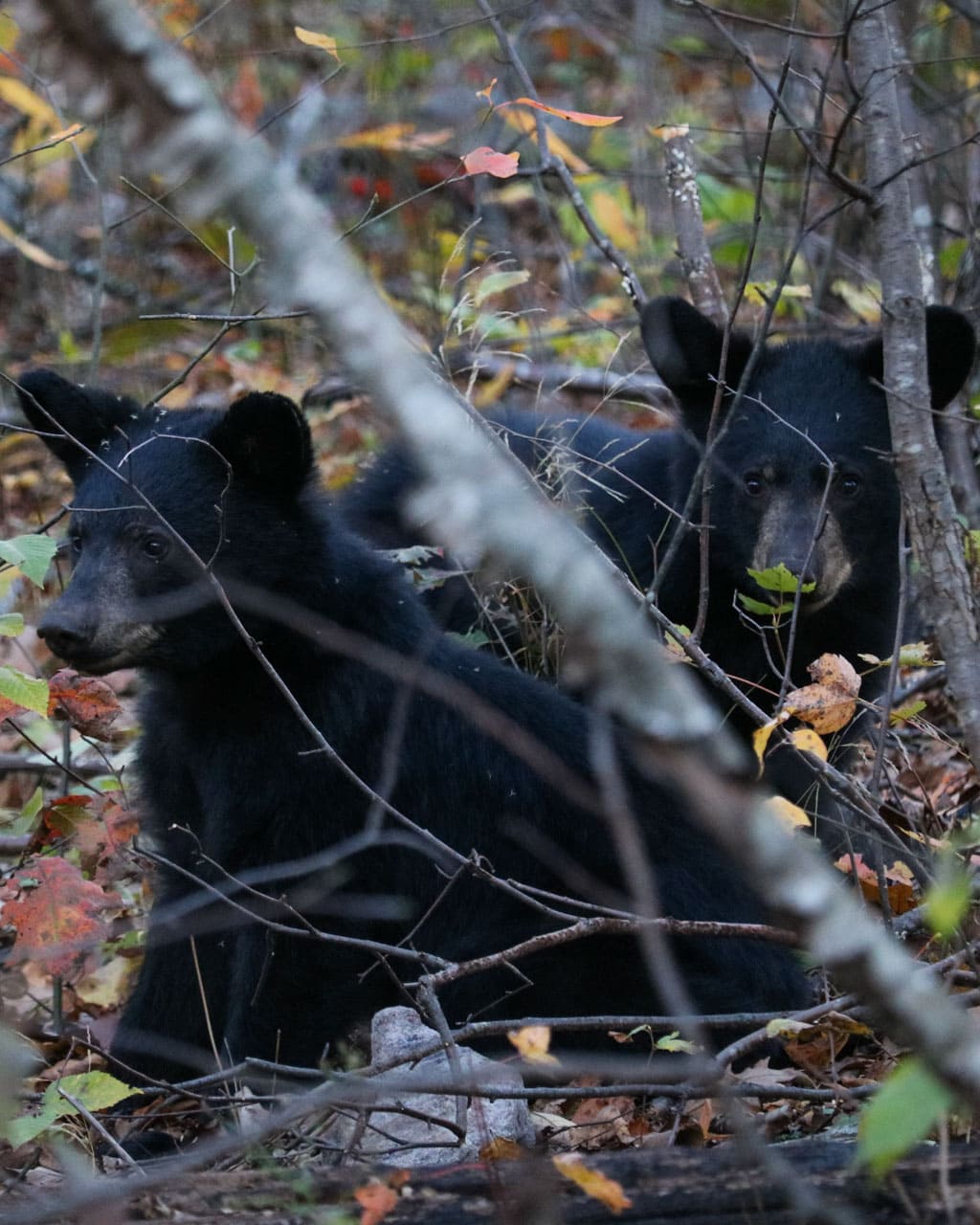
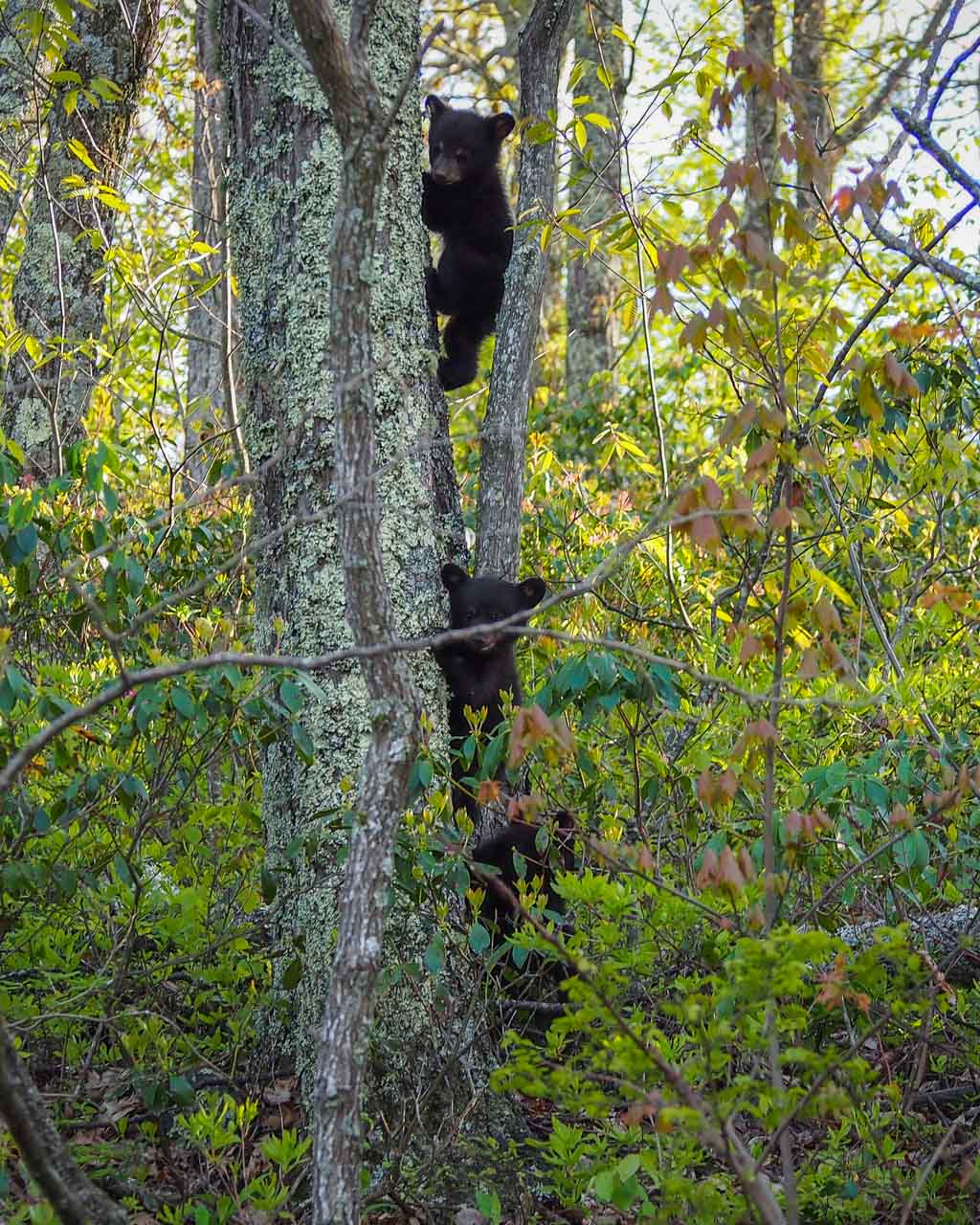
Shenandoah National Park is one of the best U.S. national parks for wildlife watching—and that’s largely thanks to its large black bear population. There are an estimated 5,000 to 6,000 black bears in Virginia, several hundreds of which call Shenandoah home.
The Shenandoah National Park black bear population ranges from the low hundreds up to 1,000, depending greatly on the seasonal food supply, breeding cycles and other factors.
I can tell you from my own experience that you are very likely to spot at least one black bear when spending a day in Shenandoah. I’ve seen dozens along Skyline Drive and a handful while hiking in the park.
Even though Shenandoah’s bears are shy and elusive, you should still know how to behave when you see a black bear in Shenandoah National Park. I explain how to avoid an encounter and what to do when encountering a black bear in this blog post.
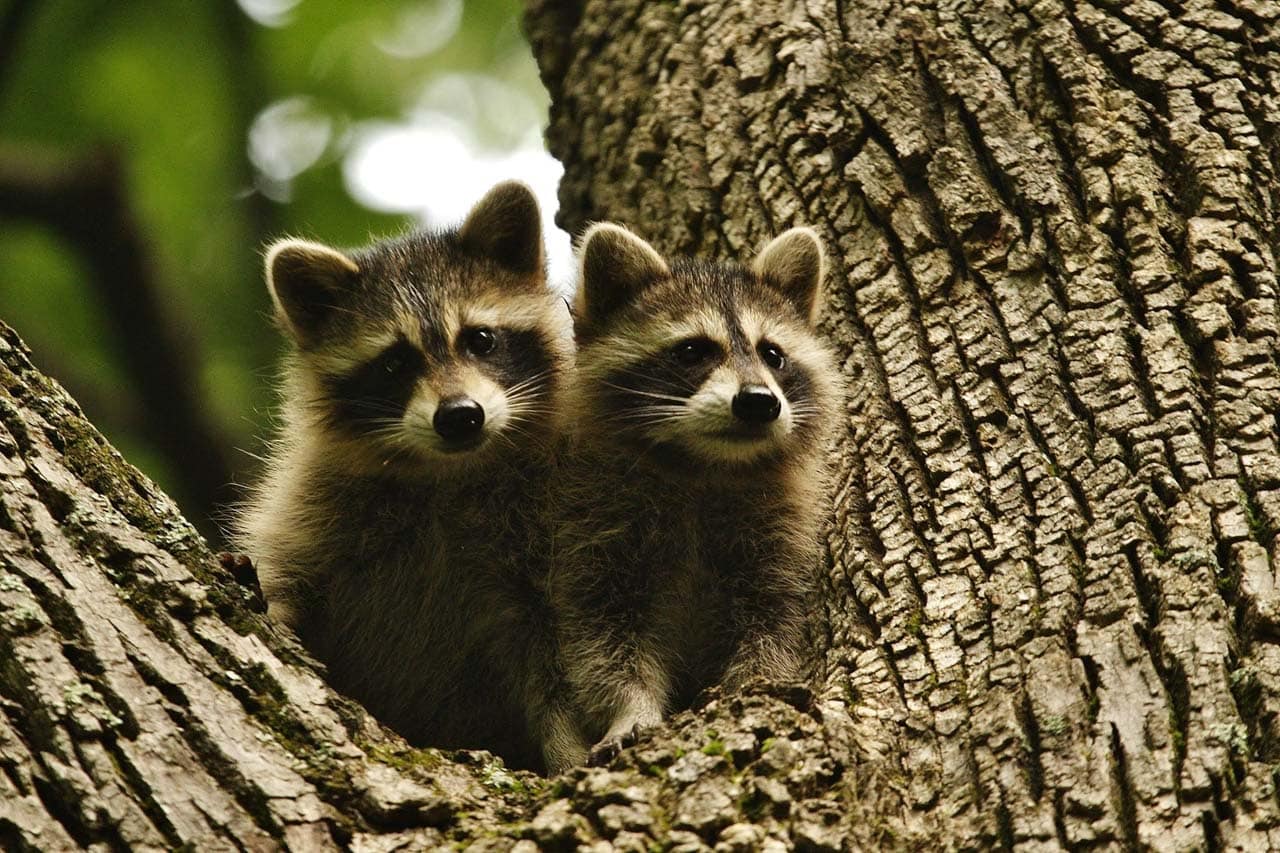
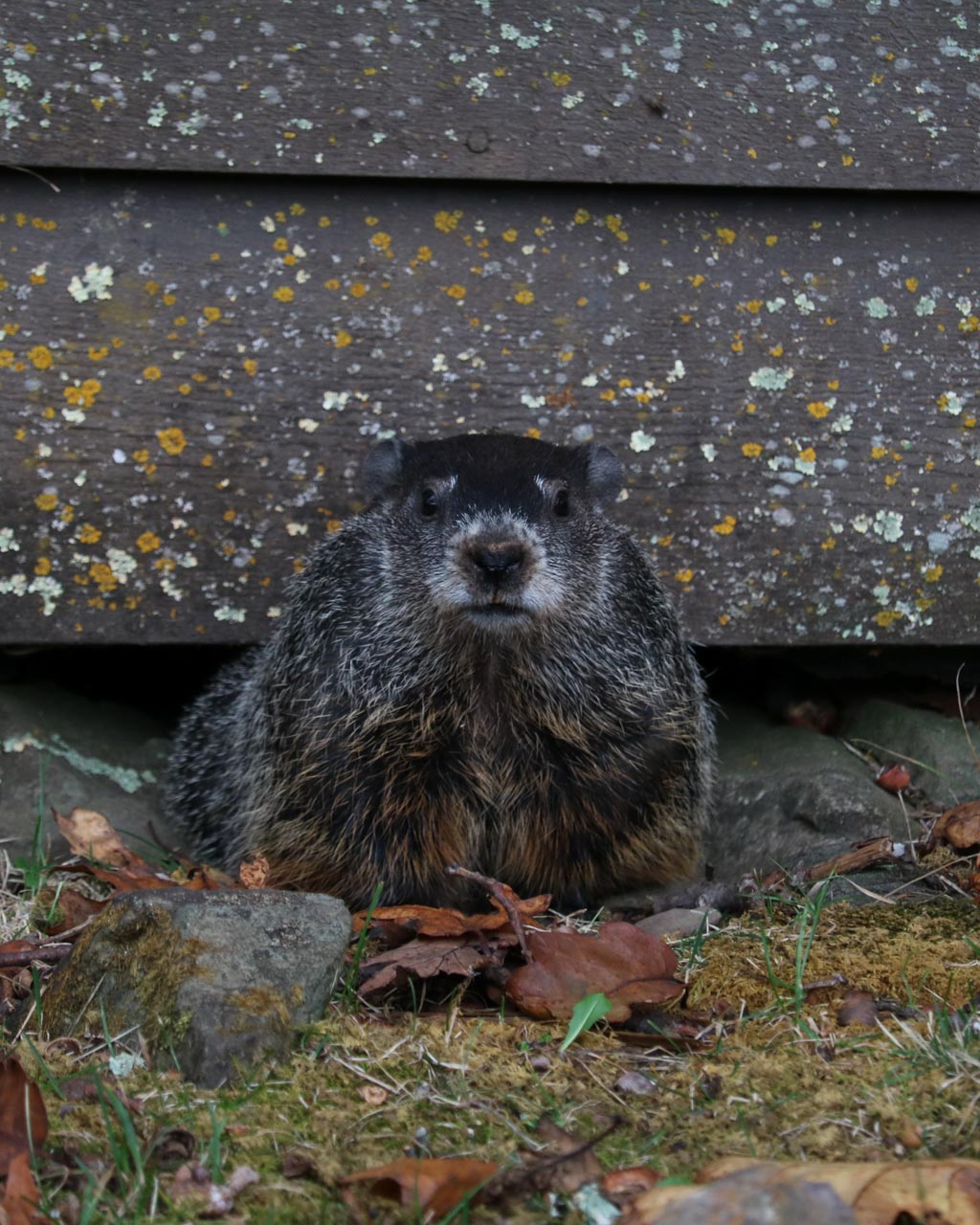
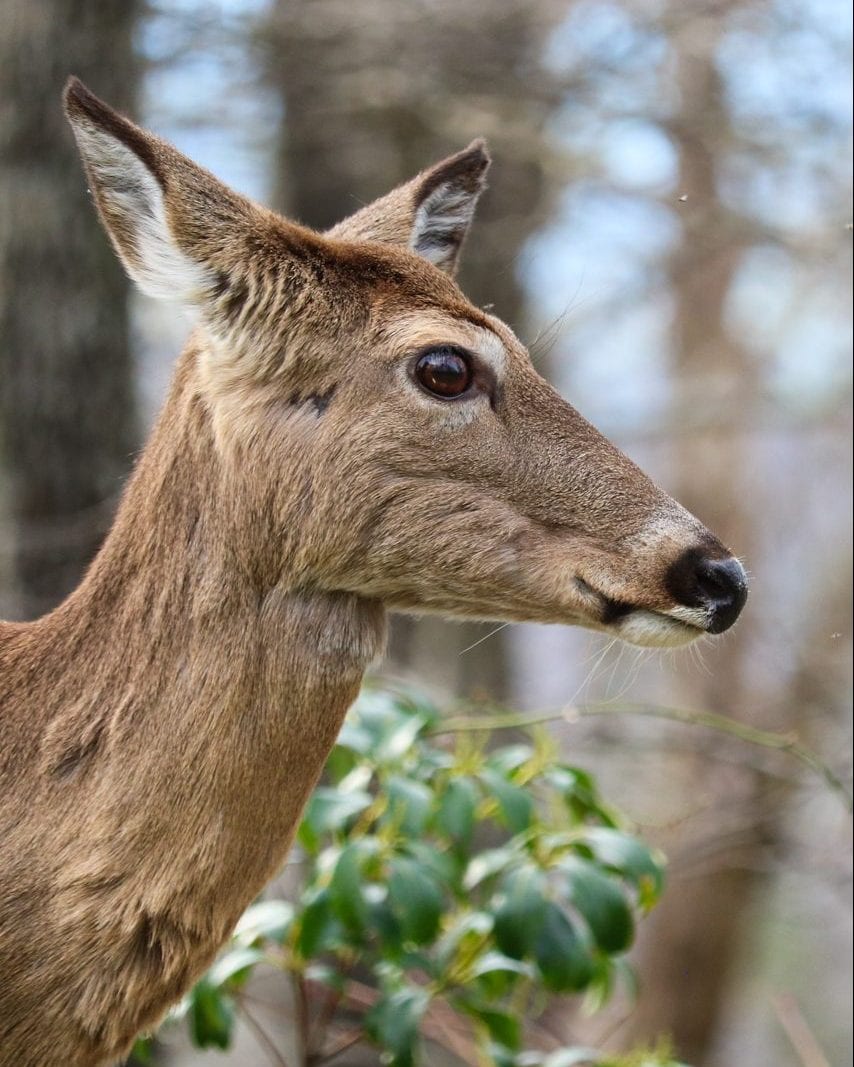
In addition to many black bears, Shenandoah also has large populations of white-tailed deer, woodchucks, squirrels, chipmunks, beavers and raccoons.
More than 50 mammal species are present in the park. Coyotes have returned to Shenandoah in recent years, while the park is also home to many nocturnal mammals, such as big brown bats, bobcats, spotted and striped skunks, and raccoons.
Contrary to some reports, there have not been any mountain lions in Shenandoah National Park for many years. There aren’t any wolves in Shenandoah National Park either.
Look for these: black bear, white-tailed deer, gray squirrel, chipmunk, woodchuck (groundhog) and big brown bat
Birds in Shenandoah National Park
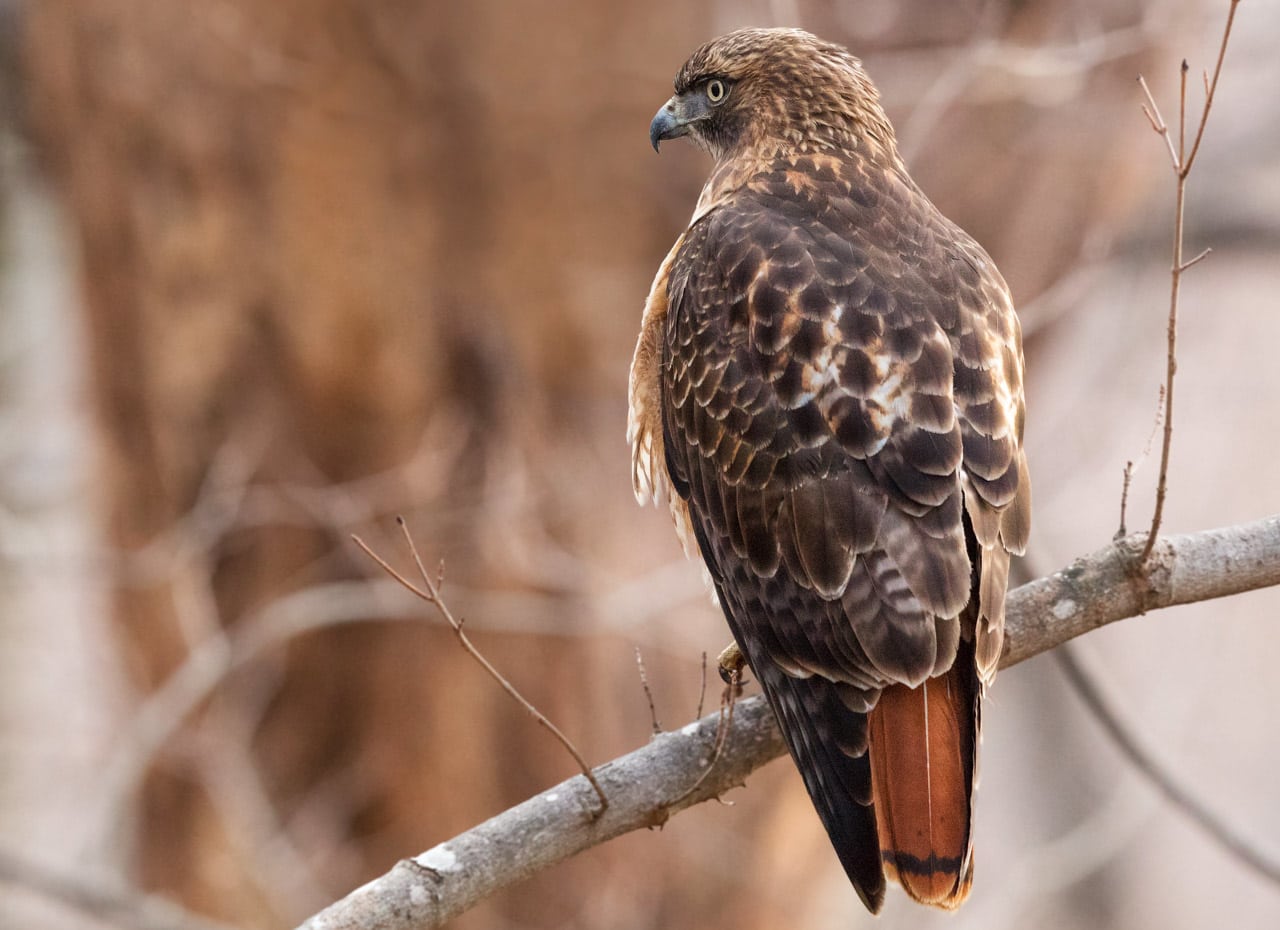
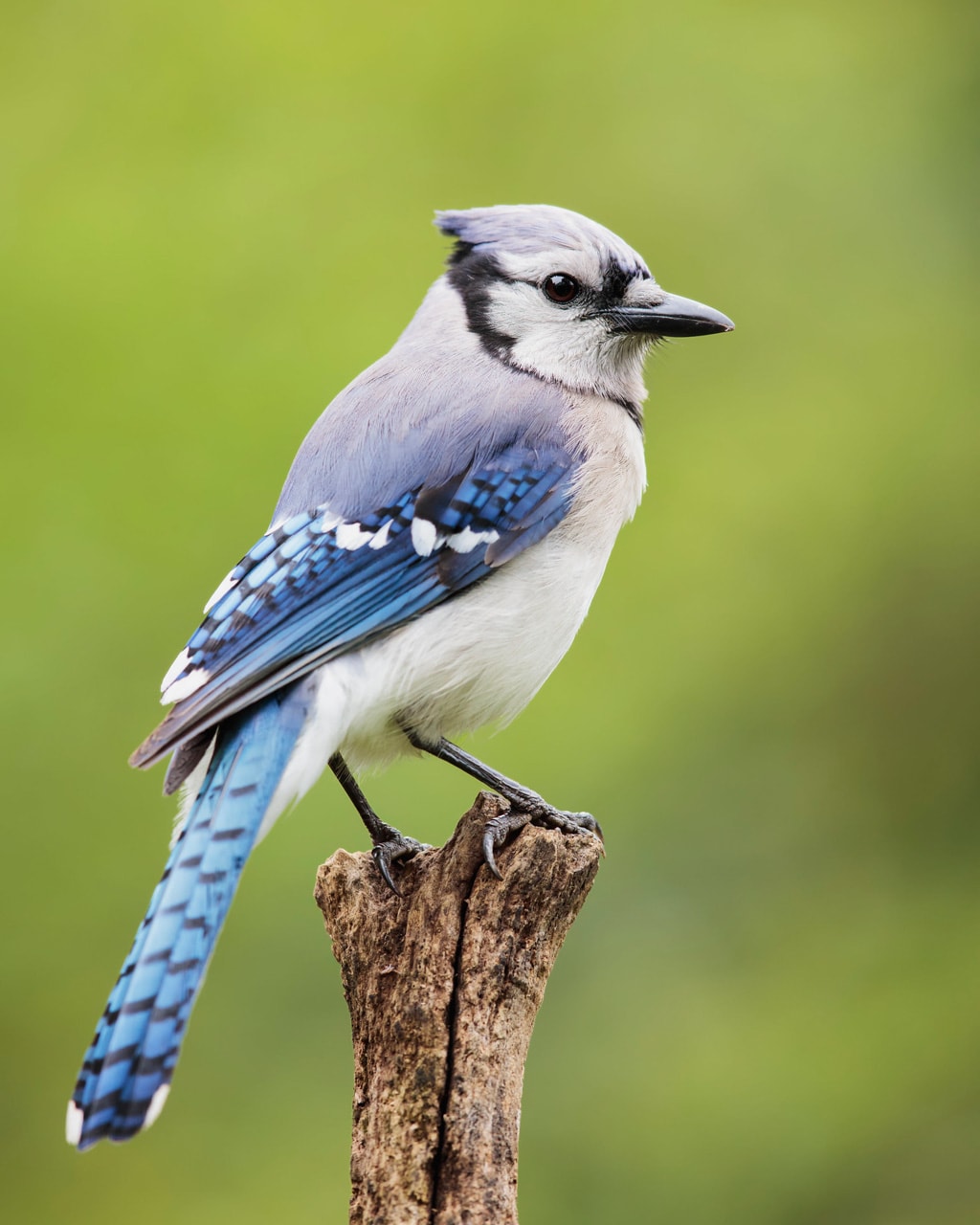
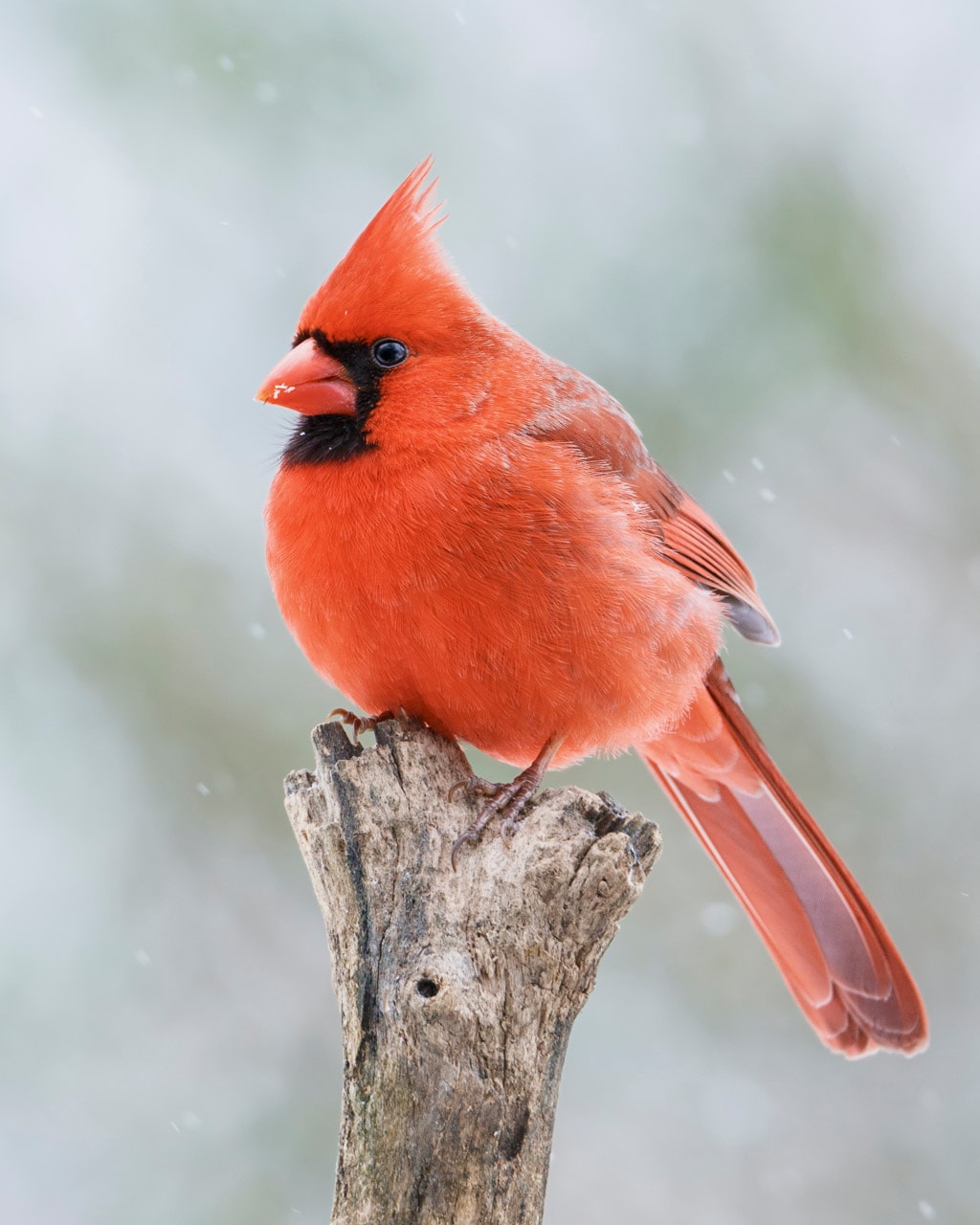
Of the 190+ bird species that have been spotted in Shenandoah National Park, about 30 are present year-round. Those include iconic and characteristic birds like red-tailed hawks, barred owls, wild turkeys, blue jays, northern cardinals and the playful Carolina chickadees.
Roughly half of all documented Shenandoah National Park bird species are known to breed within the park boundaries. Among them are no fewer than 18 types of warbler, including the brightly colored cerulean warbler.
Additionally, Shenandoah’s large wilderness areas, situated in a heavily urbanized region on the American East Coast, make it a popular stopping point or nesting place for migratory birds as well.
Look for these: Carolina chickadee, wild turkey, cerulean warbler, ruby-throated hummingbird, barred owl, turkey vulture, red-tailed hawk, northern cardinal, blue jay and downy woodpecker
Reptiles in Shenandoah National Park
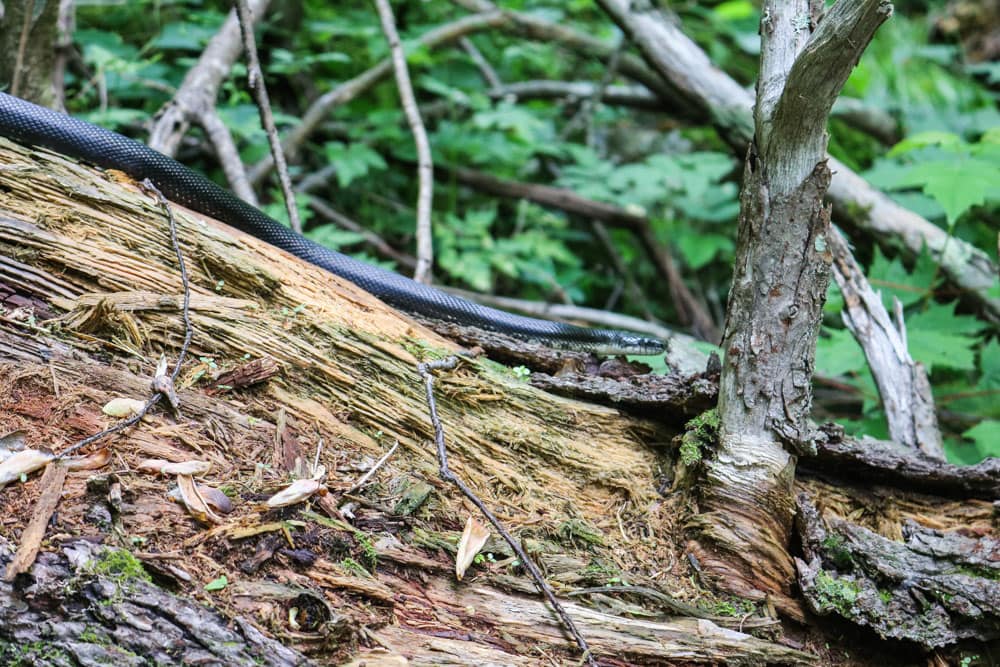
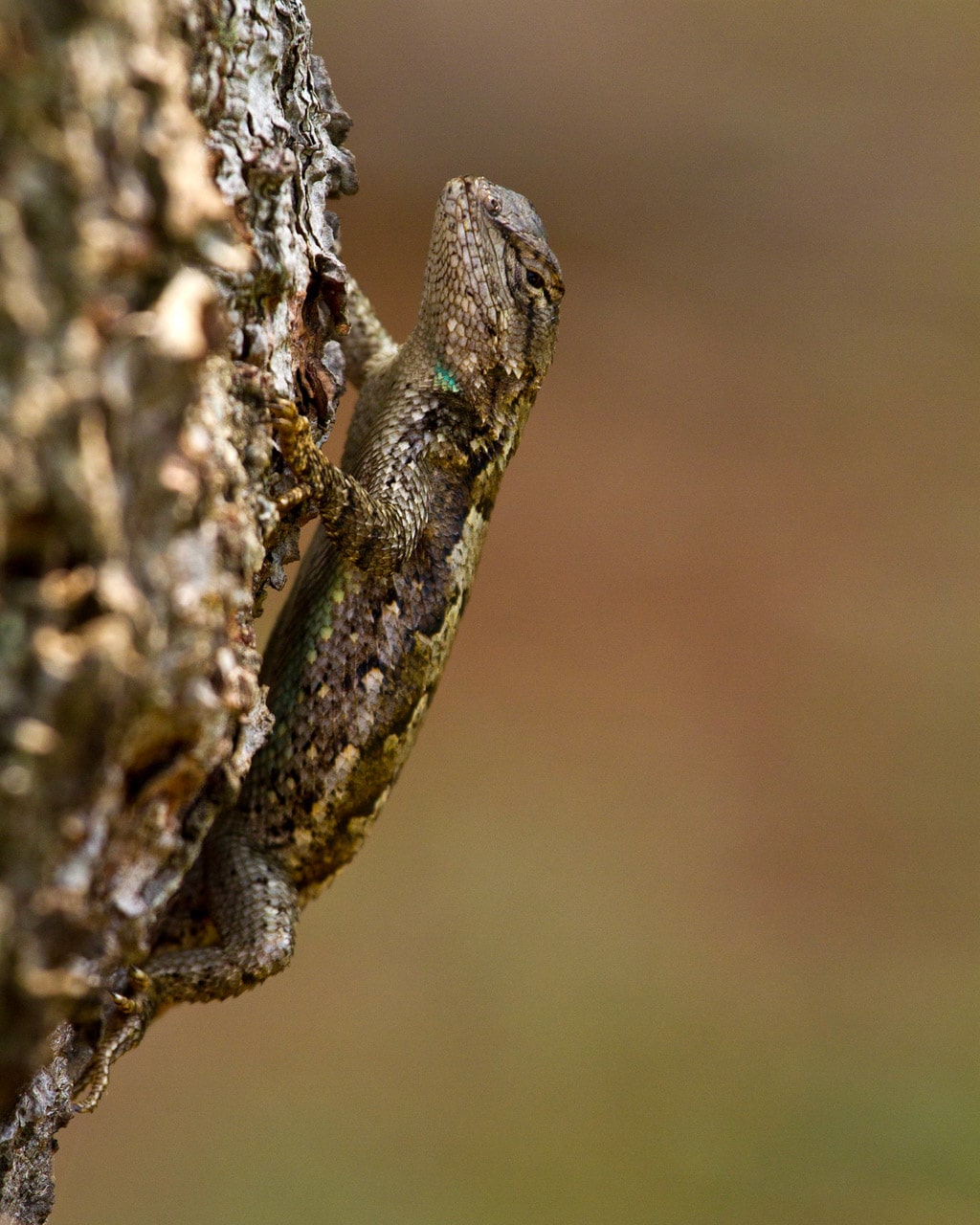
Less popular among the general public than colorful birds and fuzzy mammals, the reptiles of Shenandoah National Park are often misunderstood.
They are, for example, one of the most vulnerable animal groups in the park. Yet, there’s also a common fear of encountering a copperhead or rattlesnake during a visit to Shenandoah.
There are many species of snakes in Shenandoah National Park—18 to be precise. Those include the venomous copperheads and timber rattlesnakes, but also non-venomous and fairly common species like garter snakes and eastern rat snakes.
It’s important to realize that these animals are around and that you may come across one. You can learn what to do during a rattlesnake encounter here.
In addition to snakes, Shenandoah is also home to a handful of turtle species and a few different species of lizards. The total number of reptile species in Shenandoah National Park is 26.
Look for these: eastern rat snake, common garter snake, copperhead, timber rattlesnake, eastern fence lizard and eastern box turtle
Fish in Shenandoah National Park
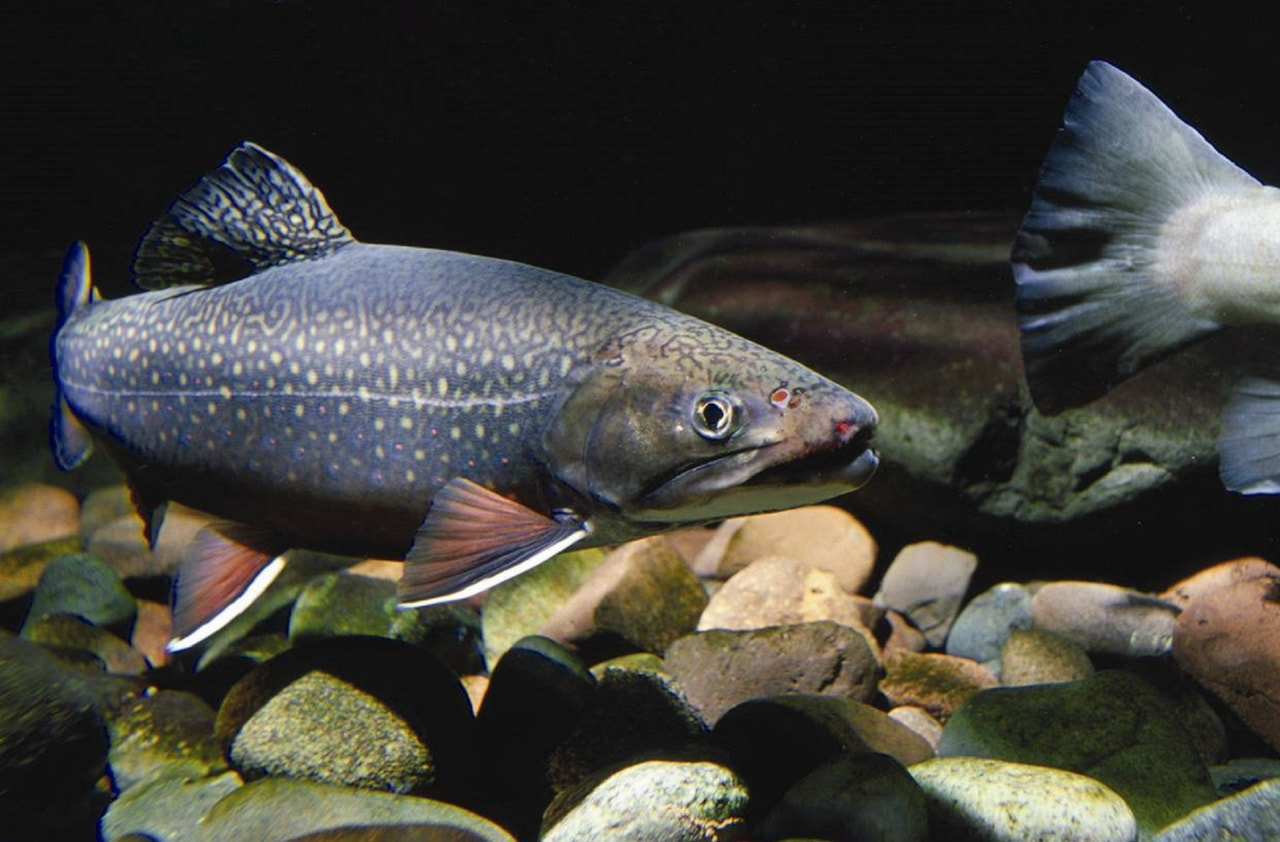
Most visitors won’t go searching for fish species in Shenandoah National Park unless they’re biologists or fishermen.
Nonetheless, about 40 different fish have been recorded in the park, many of which are either rare or seen only occasionally.
There are, however, a number of abundant species of fish in Shenandoah National Park, too. The most well-known and sought-after of those is probably the eastern brook trout.
With more than 70 mountain streams, the park is one of the few remaining protected strongholds of this native fish in the East. Besides the eastern brook trout, there are two other trout species in Shenandoah—brown trout and rainbow trout.
Other abundant or at least common fish species include the American eel, blacknose and longnose dace, mottled sculpin and bluehead chub.
Note: Recreational trout fishing is allowed in Shenandoah National Park, but you do need a Virginia state fishing license. You can find more information about fishing in Shenandoah on this page.
Look for these: eastern brook trout, fantail darter, bluehead chub, American eel, mottled sculpin and blacknose dace
Amphibians in Shenandoah National Park
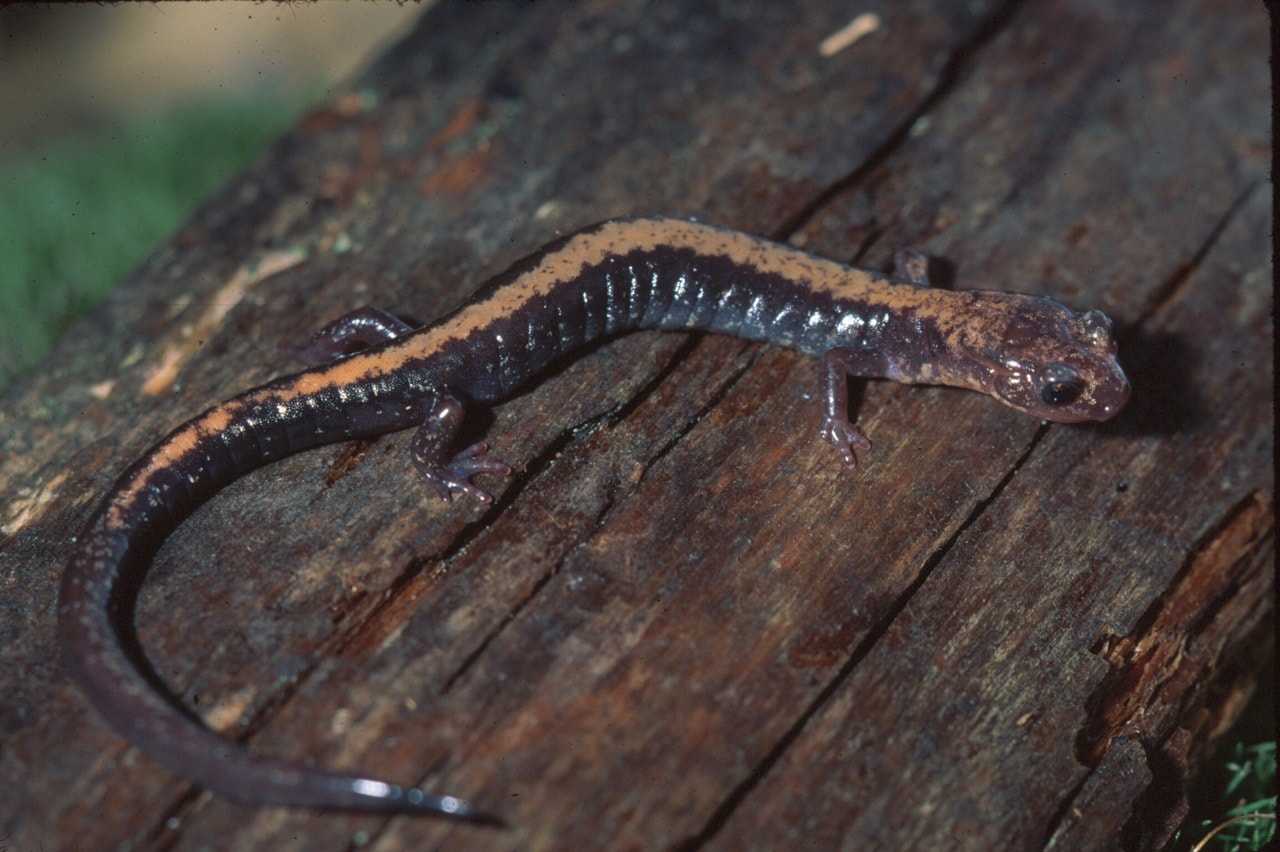
Arguably the least “sexy” of all animal groups, amphibians are actually pretty fascinating animals. The name of this group of animals comes from the Greek word “amphibios”, which means “both lives”.
Amphibians do live their lives in two entirely different phases—the aquatic larvae phase (tadpoles) and the land- and/or water-based adult phase.
Shenandoah’s many creeks, streams, rivers and ponds support no fewer than 24 amphibian species. There are 14 species of newts or salamanders and 10 frog or toad species.
If you’re looking for endangered species in Shenandoah National Park, you’ll find only one and it’s a salamander.
The Shenandoah salamander is endemic to three areas in the central portion of the park, where they live on high-elevation talus slopes.
Other, more common amphibians in Shenandoah National Park are eastern American toads, green frogs, northern dusky salamanders and eastern red-backed salamanders.
Look for these: Shenandoah salamander, eastern red-backed salamander, green frog and eastern American toad
Best Places to See Wild Animals in Shenandoah National Park
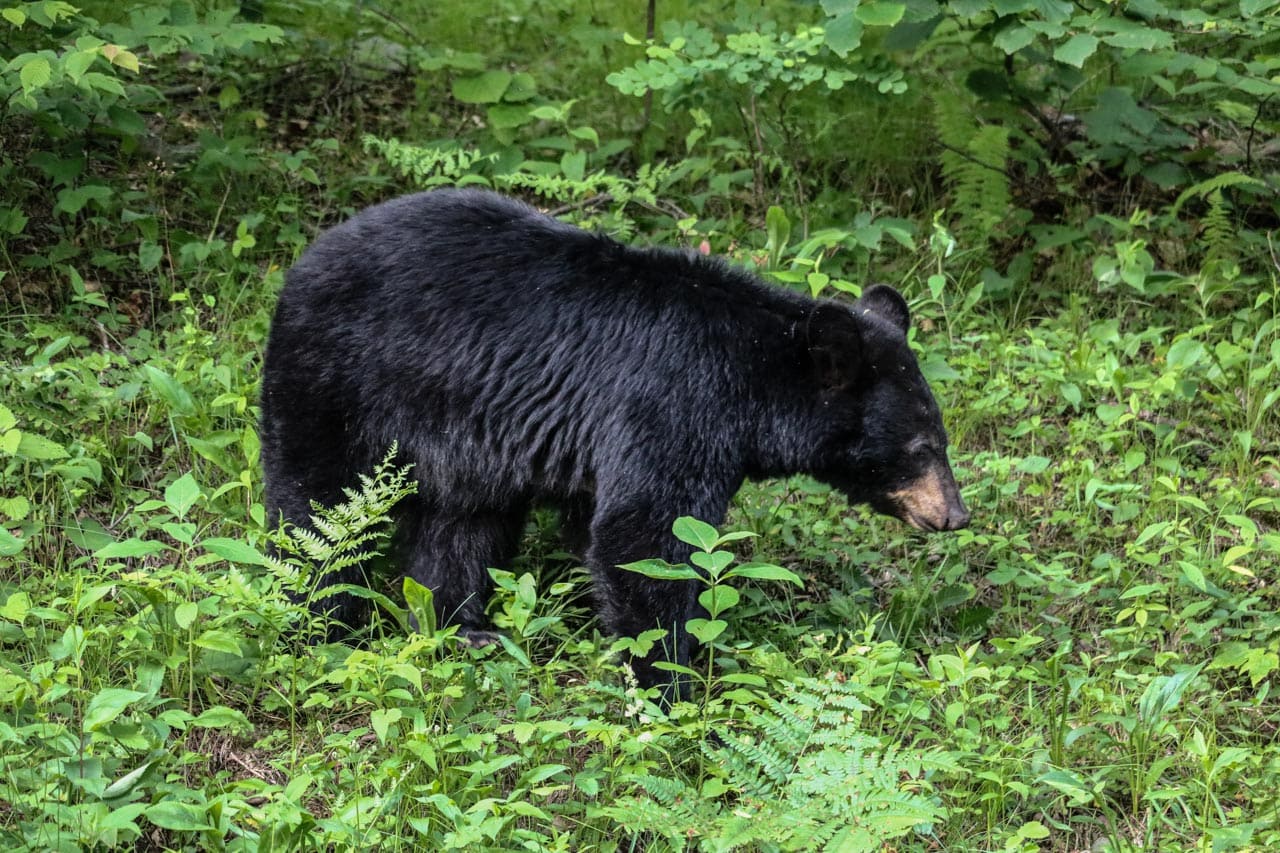
The best way to go wildlife watching in Shenandoah National Park is a combination of cycling or driving on Skyline Drive, the park’s only public road and among the greatest national park roads in the country, and hiking its numerous trails.
The best times to see most animals in Shenandoah are at dawn and dusk.
Always keep an eye out for wildlife, whether driving or hiking. Deer sightings are basically guaranteed, while spotting a black bear or two is not unusual at all.
From my own experience, a few areas I recommend for Shenandoah National Park wildlife watching are the following:
- Big Meadows – birds, black bears and countless white-tailed deer
- Skyline Drive – black bears, squirrels, chipmunks and white-tailed deer (watch out!)
- Trayfoot Mountain-Paine Run Loop Trail – deep into the Shenandoah backcountry
- Bearfence Mountain – great for sunrises and sunsets, too
- Doyles River-Jones Run Loop – excellent waterfall hike in wooded hollows
Shenandoah Wildlife Watching Guidelines
As exciting, thrilling and invigoration as viewing wildlife in Shenandoah National Park can be, it’s also very important to remember that you’re looking at wild animals.
There are no fences—no protection at all, really. Black bears and rattlesnakes are dangerous for obvious reasons, but even indifferent-appearing deer can potentially injure a visitor.
Additionally, keeping a safe distance between you and any animal is for the benefit of both you and the animal. Getting too close can put every creature involved in danger. Apply proper trail etiquette.
When watching the wonderful Shenandoah National Park wildlife, keep the following guidelines in mind:
- Stay at least 75 feet (23 meters) from all animals. In case of black bears, you have to keep minimum 150 feet (46 meters) away. Always leave enough room so that the animal can safely get away.
- If an animal approaches you, you’re the one who should back away. Keep that distance.
- Consider carrying bear spray. Learn how to use bear spray correctly here.
- Don’t be an idiot and take a selfie with a wild animal.
- Never feed a wild animal. It will make it accustomed to humans and associate people with food. This creates potentially dangerous circumstances in the future. Food-conditioned wild animals are often put down. Don’t be the person responsible for that.
- When you see wildlife while cruising down Skyline Drive, you’re allowed to stop, but you must make sure all your four wheels are off the road and in the verge. Again, never approach wildlife, but stay in or near your vehicle.
- While driving Skyline Drive, always keep your eyes on the road. Animals regularly run across, including squirrel and chipmunks, but also deer and black bears. Don’t go over the 35 mph speed limit.
- Shenandoah is one of the most dog-friendly national parks. You’re allowed to take your pet on most trails, but it must be on a leash that’s no longer than 6 feet. It also has to be under your control at all times.
The national park website has plenty of detailed information on how to safely view wildlife in Shenandoah National Park.
Have You Ever Had the Chance to See the Diverse Shenandoah National Park Wildlife? What’s Your Favorite Memory?
Disclaimer: the images in this post are either taken by me or courtesy of Shenandoah National Park / National Park Service.
